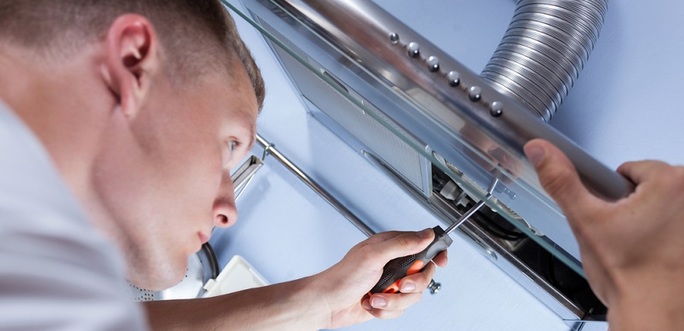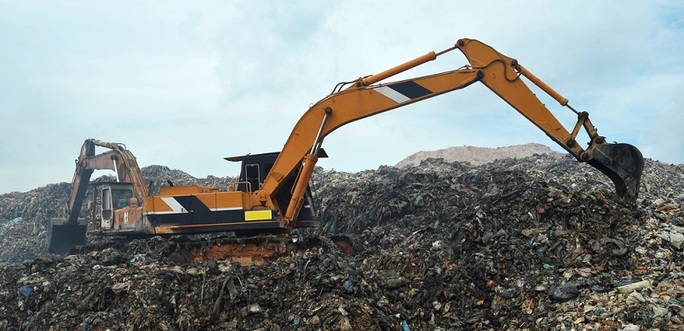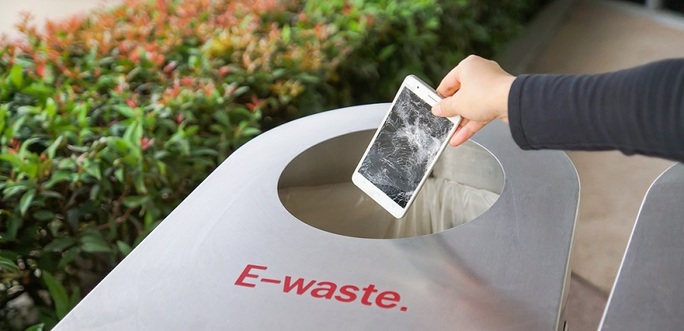
The Surprising Effect of the COVID-19 Pandemic on E-Waste
October 14, 2021 | Environment | Repair, Re-use & Recycle | No comments
Since the beginning of the COVID-19 pandemic, the world has seen many changes. From altering our working lives to managing our relationships with friends and family, we’ve all found new ways to adapt and thrive in an ever-uncertain time. One of these changes has been the increased use of electronic goods.
Technology has gone a long way in helping us adjust and cope, from using phones and laptops to work and study from home, to becoming more familiar with the appliances we use every day. However, with the increased use of electronics comes an effect on the e-waste crisis. That’s something we should all be paying attention to.
A Rise in Repairs During the Pandemic

To properly understand the current state of the global e-waste crisis, it’s important to look at the recent shift in how the world has been dealing with its waste since the beginning of the pandemic. It goes without saying that, as we’ve all been spending more time in our homes over the last year and a half, we’ve also been spending more time around our electronic appliances. What’s surprising is that, despite this, sales of electric goods actually significantly declined in 2020, and that’s very much a good thing.
The difficulties the pandemic has brought with it – isolation, restricted working conditions, and so on – have resulted in many people taking it upon themselves to learn how to properly maintain and repair their electronic goods for themselves. Here at eSpares, for example, we’ve seen a huge increase in customers purchasing spare parts, with well over 200,000 more orders in 2019 than 2020. This means that, even though people are using electronic goods more so now than ever, they are repairing them more than ever too.
As a result of this growing ‘don’t replace, repair’ attitude, sales for electronic goods actually went down in 2020 and – most importantly – fewer electronic appliances were ending up in landfills, causing a reduction in e-waste. This shows us just how possible it is to use and rely on electronic appliances and combat e-waste simultaneously. And who doesn’t want the best of both worlds, considering what’s at stake?
The World and E-Waste

However, there is still a long way to go. According to the UN’s Global E-Waste Monitor 2020, the amount of e-waste generated worldwide rose from 44.4 million metric tonnes in 2014 to 53.6 million in 2019 – that’s a 21% increase in only five years. It’s easy to look at this figure alongside the damage e-waste causes and feel pessimistic. After all, if this trajectory were to continue, we’d be looking at a staggering rise to almost 75 million metric tonnes of e-waste by 2030.
Fortunately, the same UN report shows that the first three quarters of 2020 saw an unprecedented drop in e-waste – a staggering 4.9 million tonnes. Alongside the over 6% drop in global sales for electronic goods in the same period, this is an almost overwhelmingly positive shift for the welfare of our planet. Even so, it’s important to make sure we stay on track instead of slipping back into our old, wasteful ways.
To emphasise the importance of reducing our e-waste output, let’s take a look at the negative effects it can have on the world around us.
- Human Health
Electronic appliances contain toxic substances such as lead, zinc, nickel and more. When these are released into the environment through waste, they make their way back to us in one way or another and negatively affect our health. This includes damage to our blood, kidneys and central nervous system. - Environmental Damage
When e-waste is thrown into landfills, its toxic materials make their way into the earth and water. This not only negatively affects both land and sea animals but also people in developing countries where most e-waste is dumped. - Global Warming
When e-waste is heated up, its damaging properties are released into the air. This directly damages our atmosphere and contributes to the global warming crisis.
On the Right Path…

All in all, this is an extremely promising turnaround when it comes to dealing with the e-waste crisis and putting our throwaway culture behind us. The UN has used its 2020 report to encourage governments to push for better recycling and management of electronic waste, and people have clearly been stepping up too. But, with that being said, we need to make sure we don’t stray from the path.
The key to managing e-waste now, in an ever-growing electronic world, is vigilance. We have shown that recycling and tackling e-waste is something we can manage in a global effort, but that will only remain so for as long as we keep up a waste-conscious attitude with our electronic goods. As such, it’s of paramount importance that we don’t grow lax. That we continue to combat our throwaway culture in the years to come by repairing our appliances instead of throwing away and replacing them wherever possible.
We’ve taken the first steps towards a more recycle-friendly, waste-conscious world. Now it’s time to run the marathon together.
For a little help with repairing your electronic appliances and combatting the e-waste crisis, check out our blog on must have accessories for your repair tool kit.
Tags: Appliance Repairs, DIY Community, e-waste, Environment

